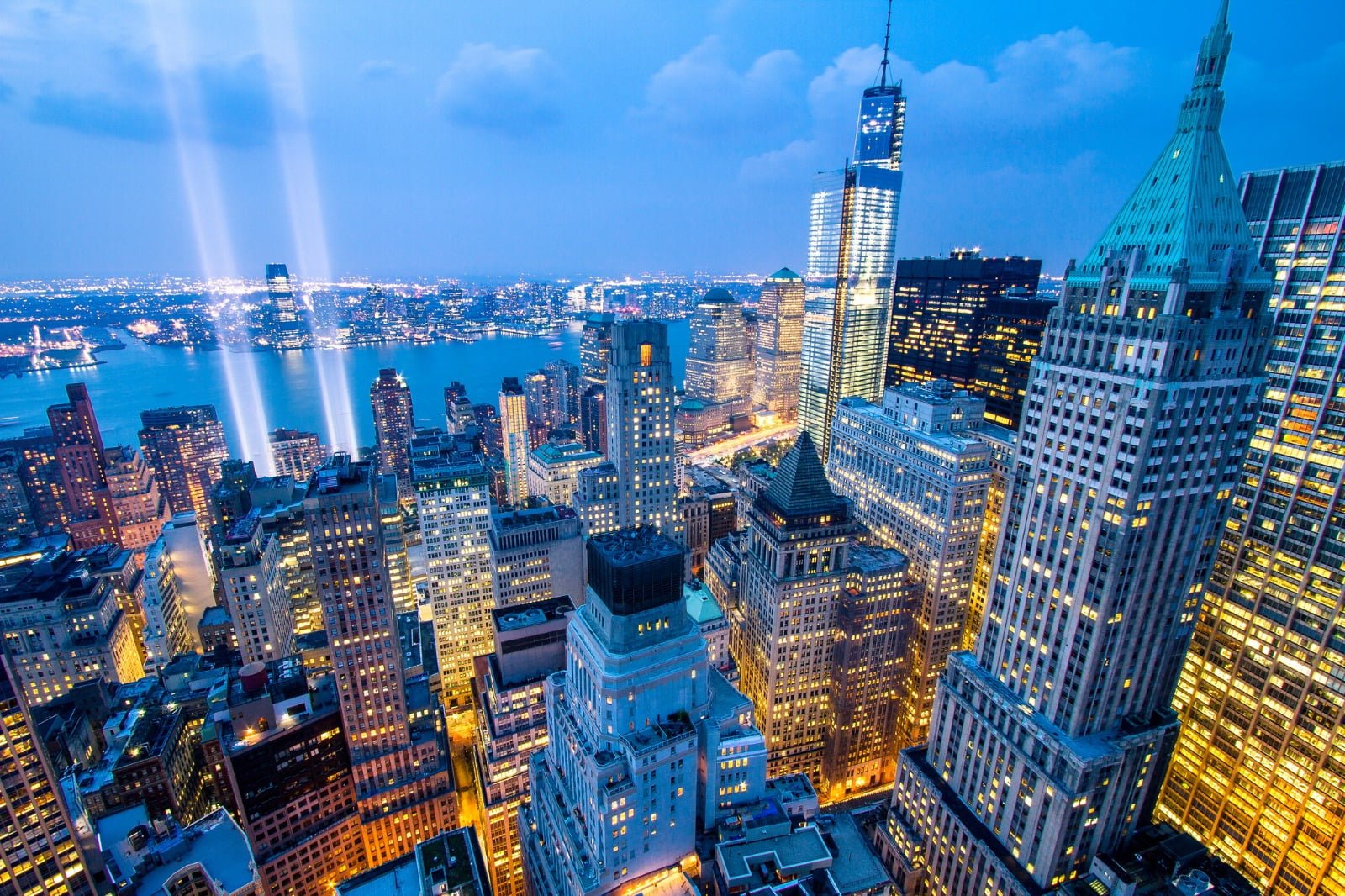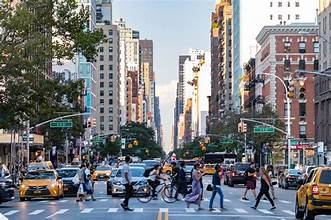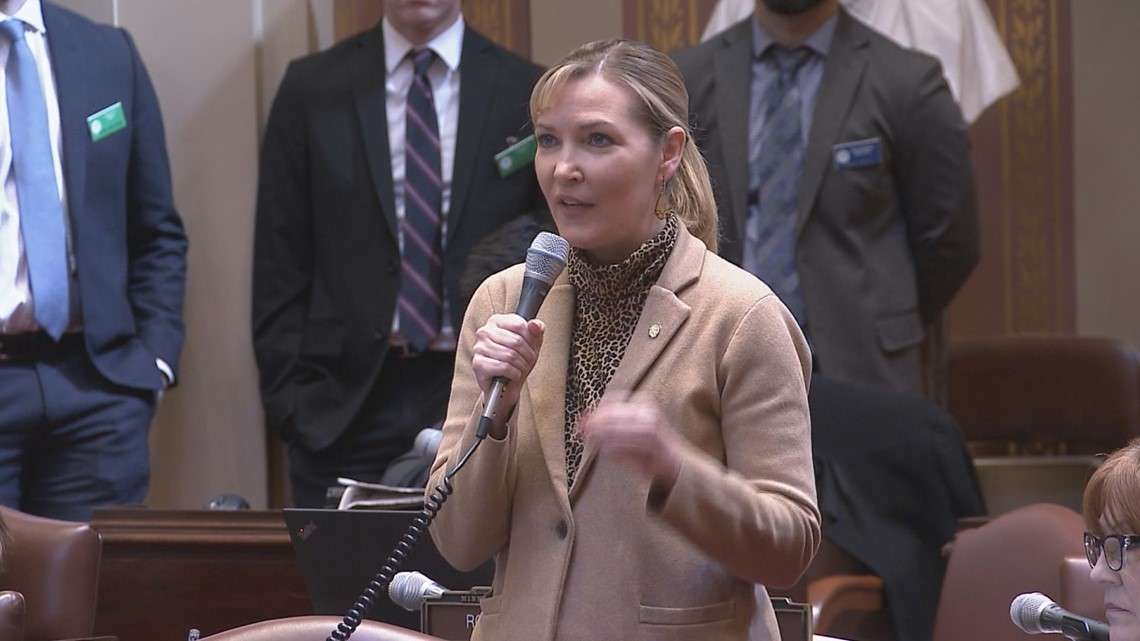
New York City’s Rebirth: Progress and Disparity in the Post-Pandemic Era
New York City’s resurgence from the depths of the COVID-19 pandemic has been marked by both remarkable achievements and lingering challenges. While significant progress has been made in various aspects, the city’s recovery remains uneven and leaves behind segments of its population.
As of September, New York City celebrated its highest-ever recorded job numbers, signaling a robust economic rebound. The tourism industry, a vital pillar of the city’s economy, has largely rebounded, welcoming 62 million visitors last year. Despite subway ridership still lagging behind pre-pandemic levels, weekday numbers have steadily risen to nearly four million. Moreover, the city saw a decline in murders, dropping below 400 for the first time since 2019.
These positive indicators have been complemented by a surge in tax revenue projections, surpassing expectations by $1.3 billion for the current fiscal year. Mayor Eric Adams capitalized on this opportunity to reverse midyear budget cuts, providing relief to various city agencies. Additionally, Wall Street bonuses are forecasted to exceed last year’s figures, further bolstering the city’s financial outlook.

However, amidst these successes, New York City’s recovery is marred by persistent disparities. Impending multibillion-dollar budget deficits loom on the horizon, exacerbated by the significant influx of migrants, which officials estimate will cost $10 billion over three years. Office vacancy rates persist, presenting challenges for the commercial real estate sector in the era of remote work.
For many New Yorkers, particularly those from working-class backgrounds, the city’s revival remains elusive. The poverty rate has surged to 23 percent, with corresponding increases in demand for food stamps and cash assistance. A housing crisis exacerbates the situation, with a rental vacancy rate of only 1.4 percent—the lowest in over 50 years. Additionally, life expectancy remains below pre-pandemic levels, underscoring the enduring challenges faced by vulnerable populations.
Mayor Adams’s optimistic rhetoric about the city’s resurgence contrasts with the nuanced reality on the ground. While median rents in Manhattan continue to climb, signifying confidence in the city’s future, they also highlight the affordability crisis affecting many residents. Office occupancy rates hover around 50 percent of pre-pandemic levels, raising concerns within the commercial real estate industry. Moreover, while the city gained nearly 55,000 private-sector jobs last year, growth has primarily occurred in low-wage sectors, exacerbating income inequality.

As Mayor Adams’s administration charts the city’s recovery, it faces numerous challenges. Despite facing scrutiny over campaign fundraising, Adams has emphasized his commitment to working-class New Yorkers, citing policies such as expanding earned-income tax credits and childcare vouchers. However, difficult decisions loom ahead, with projected budget gaps reaching $11.3 billion by 2026, according to the state comptroller.
Critics fear that Adams’s cost-cutting measures may disproportionately impact essential city services, particularly those relied upon by lower-income families. Concerns about rising evictions and delays in processing applications for cash assistance underscore the urgent need for comprehensive solutions to address the city’s most pressing challenges.
In neighborhoods like West Harlem, residents confront the harsh realities of urban life, including open-air drug dealing and violence. Despite Mayor Adams’s message of progress, many residents feel disconnected from the narrative of a city on the mend. As New York City navigates the complexities of its recovery, the road ahead remains uncertain, underscoring the imperative for inclusive and equitable solutions to ensure that all residents can partake in the city’s resurgence.








